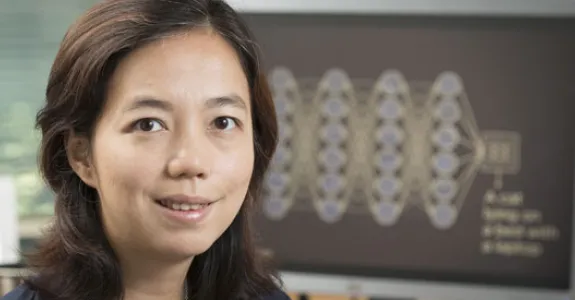
Dr. Fei-Fei Li is the inaugural Sequoia Professor in the Computer Science Department at Stanford University, and Co-Director of Stanford’s Human-Centered AI Institute. She served as the Director of Stanford’s AI Lab from 2013 to 2018. During her sabbatical from Stanford from January 2017 to September 2018, she was Vice President at Google and served as Chief Scientist of AI/ML at Google Cloud.
Dr. Fei-Fei Li’s current research interests include cognitively inspired AI, machine learning, deep learning, computer vision and AI+healthcare especially ambient intelligent systems for healthcare delivery. In the past she has also worked on cognitive and computational neuroscience. Dr. Li has published more than 200 scientific articles in top-tier journals and conferences, including Nature, PNAS, Journal of Neuroscience, CVPR, ICCV, NIPS, ECCV, ICRA, IROS, RSS, IJCV, IEEE-PAMI, New England Journal of Medicine, Nature Digital Medicine, etc. Dr. Li is the inventor of ImageNet and the ImageNet Challenge, a critical large-scale dataset and benchmarking effort that has contributed to the latest developments in deep learning and AI. In addition to her technical contributions, she is a national leading voice for advocating diversity in STEM and AI. She is co-founder and chairperson of the national non-profit AI4ALL aimed at increasing inclusion and diversity in AI education.
The Stanford Vision and Learning Lab (SVL) at Stanford is directed by Professors Fei-Fei Li, Juan Carlos Niebles, and Silvio Savarese. The lab is tackling fundamental open problems in computer vision research and are intrigued by visual functionalities that give rise to semantically meaningful interpretations of the visual world. Their research addresses the theoretical foundations and practical applications of computational vision. They are focused on discovering and proposing the fundamental principles, algorithms and implementations for solving high-level visual perception and cognition problems involving computational geometry, automated image and video analysis, and visual reasoning. At the same time, their curiosity leads us to study the underlying neural mechanisms that enable the human visual system to perform high level visual tasks with amazing speed and efficiency.



